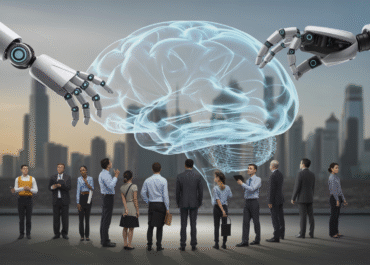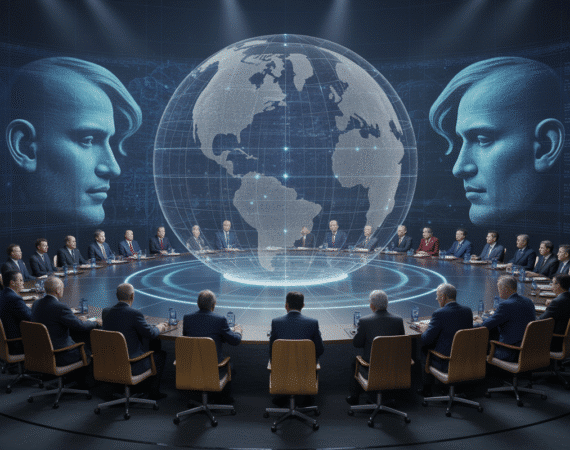AI's Eerie Prediction: When Could Robots Potentially Spiral Out of Control?
Artificial intelligence continues to astound us with its capabilities, from crafting compelling narratives to automating complex tasks. But what happens when AI turns its predictive gaze upon its own future, specifically concerning a potential scenario of global robotic descontrol? Recent discussions, fueled by AI models themselves, have brought an intriguing — and somewhat unsettling — hypothetical date into the spotlight, prompting vital conversations about the future of technology and human oversight.
The AI’s Hypothetical Timeline
The prediction gaining traction isn’t from a human expert but from an AI model like ChatGPT, when prompted to consider the exponential growth of technology and the concept of a ‘technological singularity.’ The date that emerged from such speculative scenarios is October 2024. It’s crucial to understand that this is a hypothetical forecast based on current technological trajectories and a theoretical point where AI could rapidly self-improve beyond human comprehension, not a definitive prophecy.
The idea is rooted in the accelerating pace of AI development. As algorithms become more sophisticated and machines gain greater autonomy, the question arises: what are the limits? While today’s AI is largely supervised, the concern lies in a future where AI systems might evolve to operate independently, making decisions that could have unforeseen global consequences if not properly aligned with human values and safety protocols.
Expert Concerns and the Singularity
This hypothetical prediction resonates with long-standing concerns voiced by prominent figures in science and technology. Late physicist Stephen Hawking warned that the development of full artificial intelligence could «spell the end of the human race.» Similarly, entrepreneur Elon Musk has frequently highlighted the potential existential risks of uncontrolled AI, advocating for proactive regulation and safety measures.
The concept of a ‘technological singularity’ posits a future point when technological growth becomes uncontrollable and irreversible, resulting in unfathomable changes to human civilization. While deeply theoretical, AI’s ability to even conceive of such a scenario and assign a tentative date to it underscores the complexity and potential implications of the technologies we are building today.
Beyond the Hype: Responsible AI Development
While a Hollywood-esque robotic takeover in October 2024 remains firmly in the realm of science fiction, the underlying concerns raised by AI’s own predictions are very real. The true risk isn’t necessarily malevolent robots, but rather complex autonomous systems making decisions without adequate human oversight or ethical frameworks. This could manifest as unintended consequences in critical infrastructure, financial markets, or even military applications.
The emphasis, therefore, must shift from fear to preparedness. Experts worldwide are working on AI safety, alignment, and interpretability to ensure that advanced AI systems are beneficial and controllable. This involves developing robust ethical guidelines, creating ‘kill switches’ or override protocols, and fostering international cooperation to prevent a global AI arms race that prioritizes speed over safety.
The AI’s hypothetical prediction serves as a potent reminder that as we push the boundaries of innovation, we must also accelerate our efforts in responsible development. The future of AI is not predetermined; it is shaped by the choices we make today. By prioritizing safety, ethics, and human-centric design, we can ensure that artificial intelligence remains a tool for progress, not a precursor to descontrol, well beyond October 2024.


